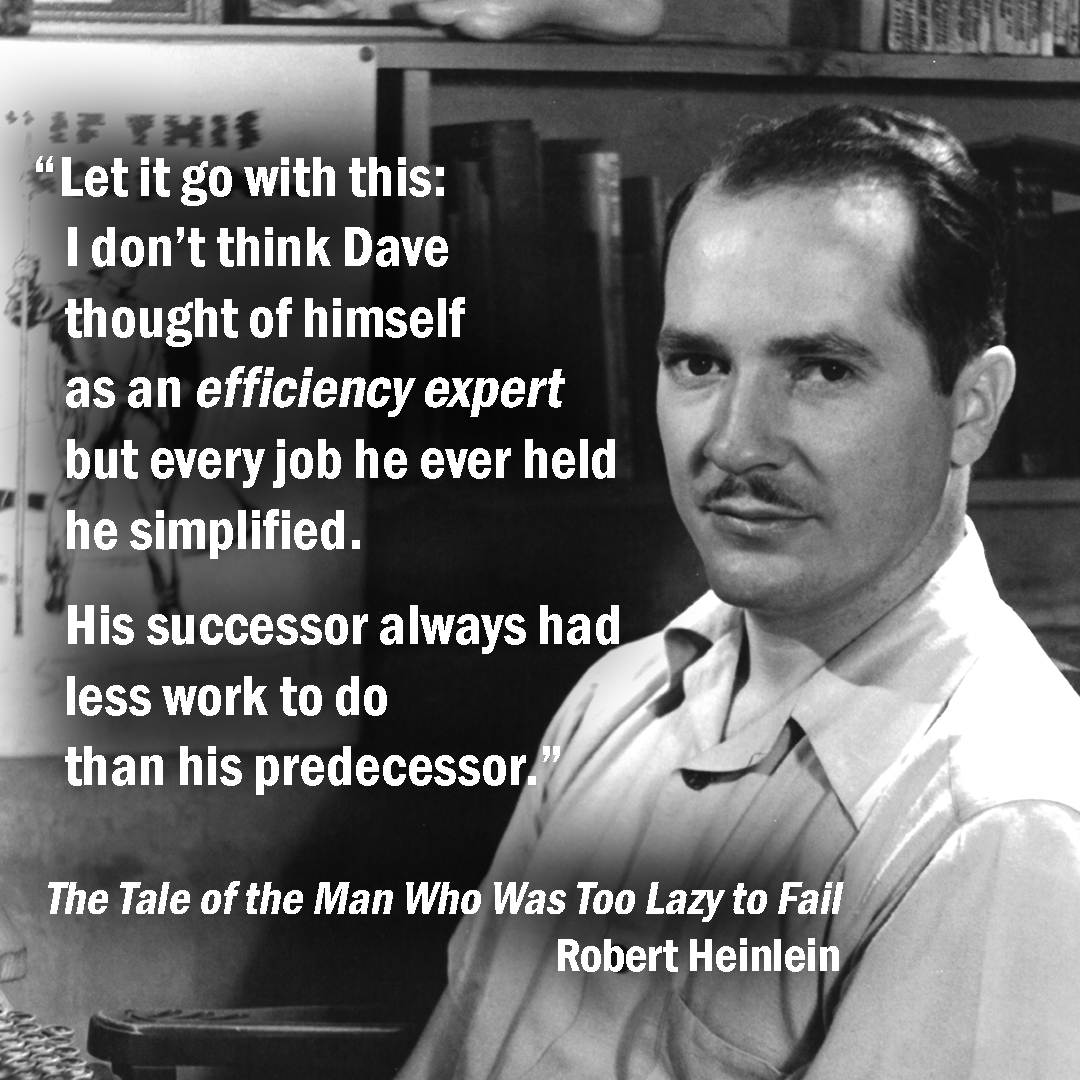If I didn’t prepare documents for my clients so they’re easy to understand, I would have to take the time to explain later.
If I let my business partner work hard to establish relationships with clients, if our partnership ends, guess who those clients will turn to?
If I micromanage my employees, they’ll become lazy or simply walk out the door, and I’d have to work more to find new workers.
If I didn’t treat my parents with respect, how should I expect them to treat me when they’re planning their living wills?
If I fed my cat cheap food and didn’t scoop her litter daily, guess what would happen to my house?
There is a shortsighted tendency to isolate the meaning of “customer” only to those who would pay us for services. But it doesn’t stop at money.
If you want something from someone, whether it’s money, consideration, an exchange/barter, or simply their best effort working FOR YOU, you have to put in the effort to help make their lives easier.
“People think I’m selfless when actually it’s the opposite. I am selfish in wanting to surround myself in happiness, and so I do my best to make everyone around me happy.” -Tenzin Gyatso, 14th Dalai Lama






